The complete guide to protecting pets and wildlife during extreme heat
January 25, 2018South Australian summers can really heat up and when temperatures repeatedly roar into the 40s, it’s more important than ever to keep a watchful eye over all animals – their lives can quite literally depend on it.
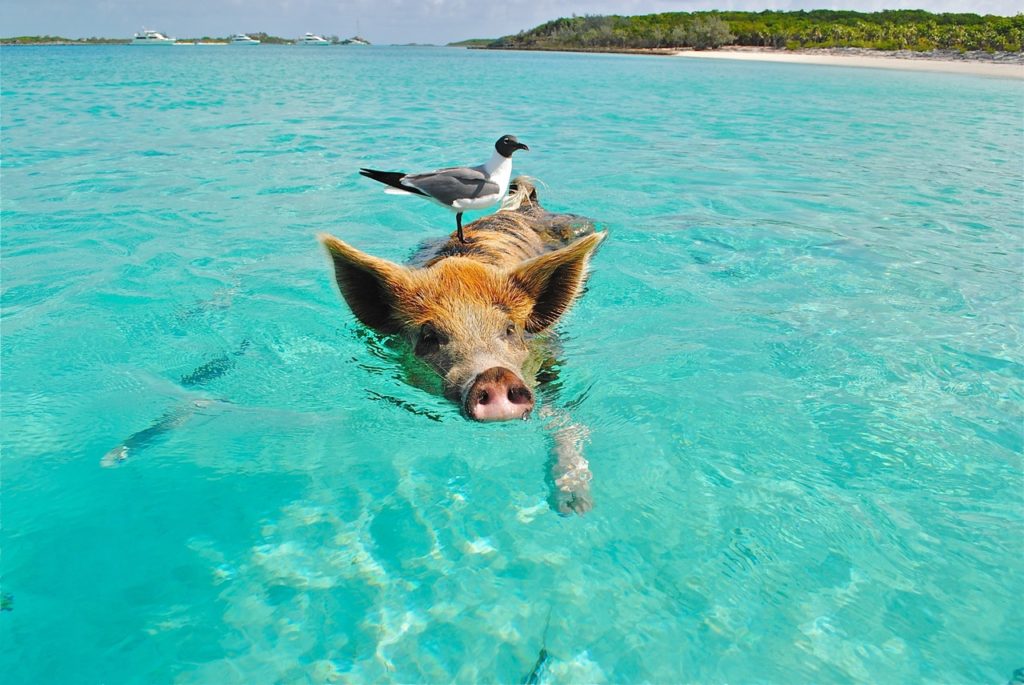
Whether it’s Billy your beloved terrier, Snowy the loud-mouthed cockatiel or the beautiful native wildlife in your garden, giving animals the best chance of staying alive during the summer months is as simple as following a few easy steps.
Here are our recommendations for responsible pet owners and citizens to help keep all our furry friends – dogs, cats, pocket pets, wildlife and livestock – cool and safe this summer.
Top tips for dogs
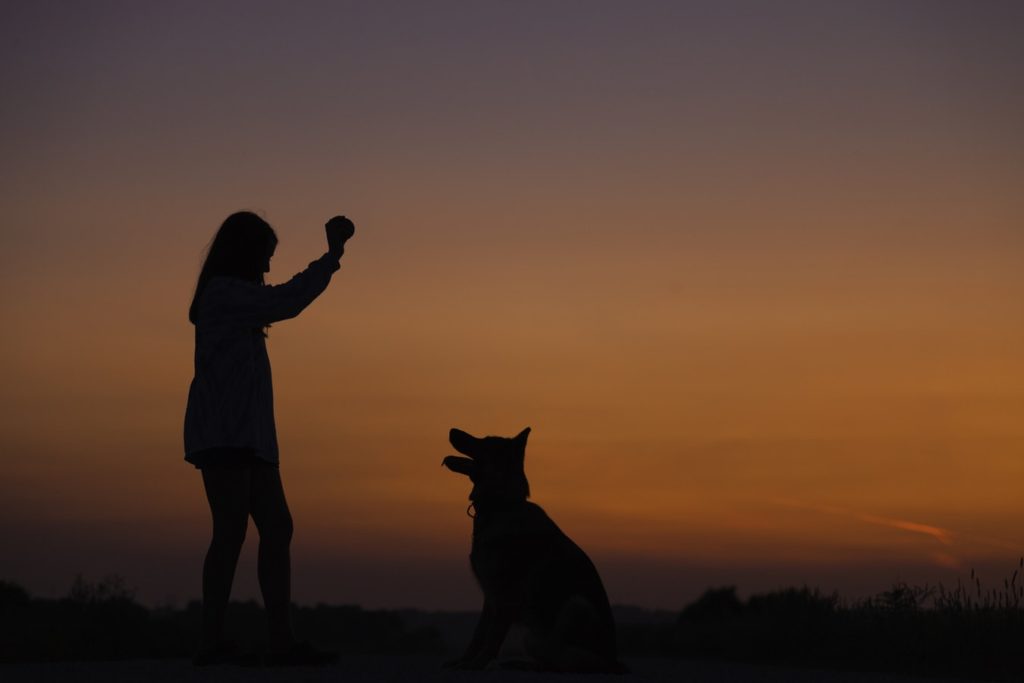
Keeping pup safe this summer is as easy as one, two, three. Our checklist for hound happiness during the heat is as follows:
Follow the 5-second rule for dog walking
Not sure whether it’s too hot to walk your dog? Just follow the 5-second rule. Simply place the back of your hand on the pavement for five seconds. If you can’t handle the heat, your dog can’t either. To avoid burning your pooch’s pads, try walking early in the morning before the pavement has heated up or late at night on a grassed area. Dogs travelling in the trays of utes and trucks are also susceptible to bad pad or body burns on hot days – avoid if you can.
Never leave canines in cars
Leaving dogs in hot cars for any period of time can be lethal. It can take only six minutes for a dog to overheat and die in a locked car. This is a year-round rule, as studies have shown that even in mild 22-degree heat, the inside temperature of cars can rise to 47 degrees. When heading out, just leave your pets at home. For more information, check out RSPCA’s Just 6 Minutes website.
Give outdoor woofers extra care
Bring dogs indoors if you can, to a cool spot beside the air conditioner or fan. If your dog must stay outdoors during the day, ensure they have easy access to plenty of shade, water and ventilation. Dogs pant to cool down and without adequate ventilation, they will become dehydrated and overheat, which can be fatal. If your pupper has skin sensitivities or white fur, they may also be at risk of sunburn, so keep them inside for the hottest part of the day if possible.
Top tips for cats
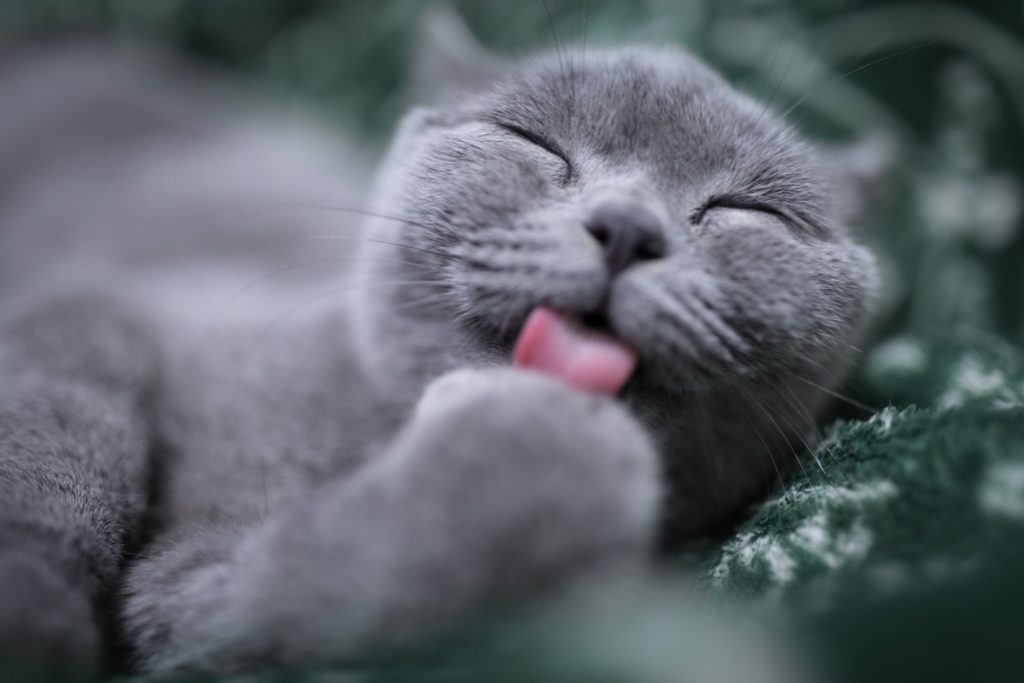
We may think cats are perpetually cool, calm and collected, but the heat can get them as frazzled as our hair. Keeping a watchful eye and offering some cooling options is key.
Consider offering ice cold water
While most outdoor cats have the freedom to find themselves a cool place to lounge during extreme heat, they are as prone to heatstroke and dehydration as we are. Dropping a few ice cubes into their water bowl will give them a refreshing kick to keep them hydrated and happy.
No air-conditioner? Try this instead
Freezing a bottle of water overnight, wrapping it in a towel and placing it in your kitties favourite spot will give them a cool resting place to lounge away the day. But avoid frozen gel packs as the contents can be toxic should your cat decide they need a new kneading bag.
Keep kitties indoors
Staying inside is the best way to ensure your kitty is kept cool and safe during the summer season. Also try keeping playtime until after the sun goes down, to avoid any chance of your feline friend overheating.
Top tips for rabbits and guinea pigs
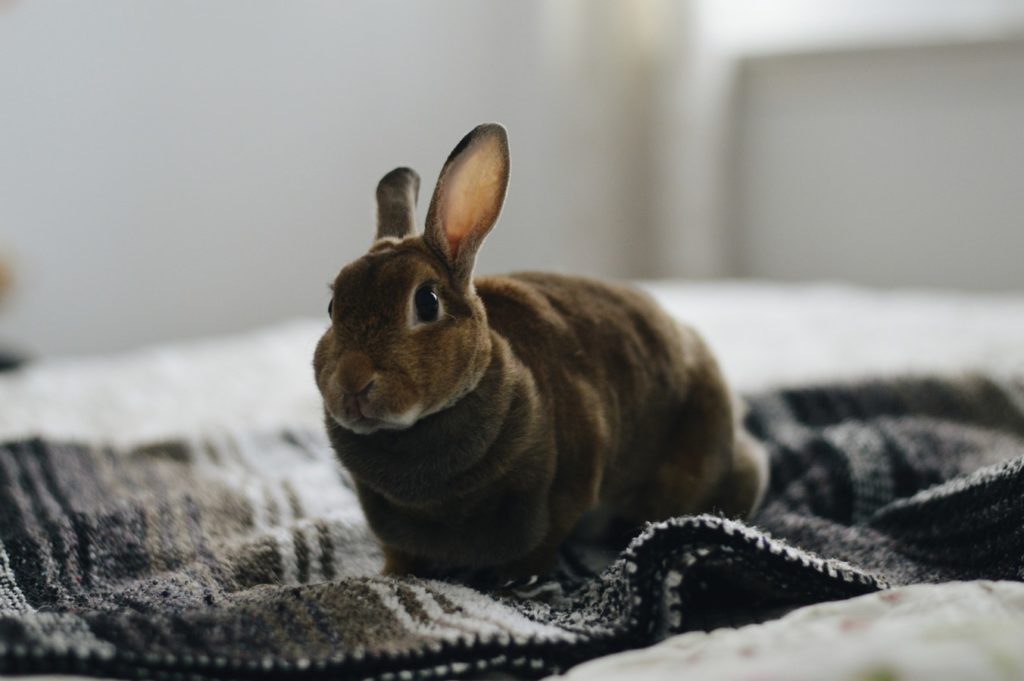
Often our little fluffy friends live outside in hutches – but it’s still simple to ensure they are kept out of the heat and out of danger.
Offer a wet blanket air con
Wetting a tea towel or lightweight cloth with cool water and placing it over their hutch will really take the edge off the heat. But choose the cloth you use carefully, as some towels or rags are too heavy and will stifle the ventilation of the hutch, making the heat even worse for your furry critter. Ensure air can still enter and escape the hutch, allowing the wet cloth to act as an evaporative air conditioner.
Consider a day indoors
Bringing the hutch indoors to cool spot in your house, like the laundry, will guarantee your pocket pets won’t be endangered by the midday sun and will keep your mind at ease. If that’s not an option, definitely make sure the hutch is protected from direct sun and has shade for most of the day.
Freeze cooling blocks
Just like with cats, freezing a bottle of water overnight then wrapping it in a towel and placing it in your bunny or guinea pigs’ favourite spot will give them a cool resting place to lounge away the day. Do avoid frozen gel packs, though, as the contents can be toxic if eaten.
Top tips for wildlife and native animals
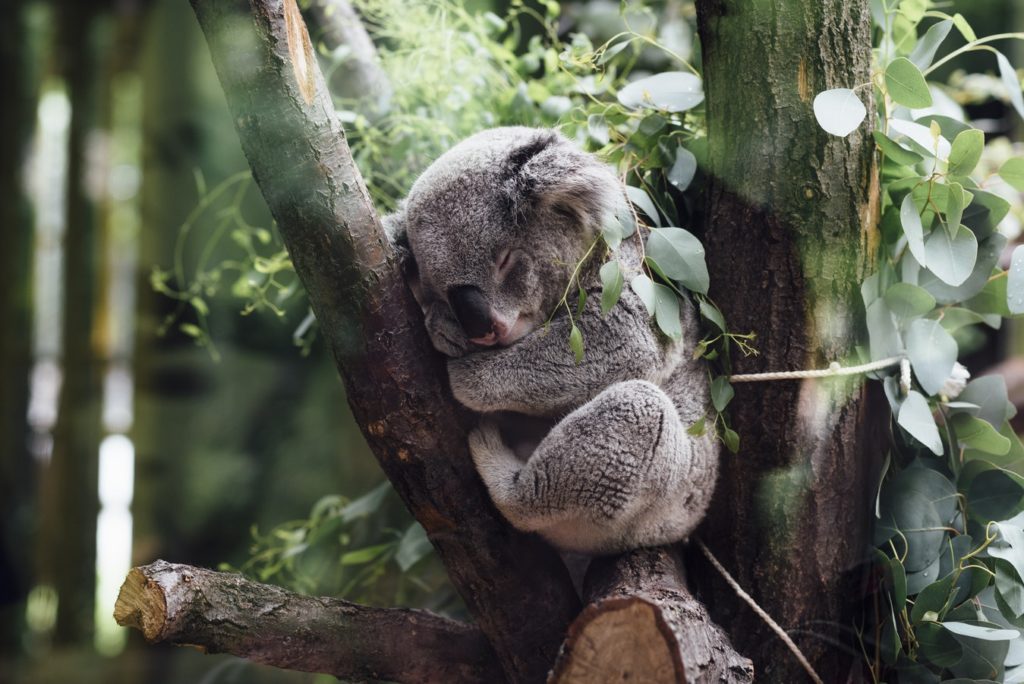
Our native treasures are part of what makes Australia so wonderful, but such animals are susceptible to extreme heat, which can have devastating consequences. Keeping an eye out for any distressed wildlife is vital this summer.
Provide water but not food
The simplest way to help? Leave bowls of fresh, clean water out in shady locations. Shallow dishes are better for smaller animals. If you use a large container make sure to provide a rock or stick so that small animals can climb out. Turning the sprinkler on for an hour during the heat of the day is also a great idea for hot birds to come and have a quick bath to cool down. But unless you’re advised to by a registered wildlife carer or veterinarian, don’t attempt to feed wild animals.
Watch for weird behaviour
When wild animals suffer heat stress, they often break their usual patterns of behavior. They may lose their balance, collapse or appear confused. Animals that spend much of their time up trees or are nocturnal, like koalas and possums, might be found sitting on the ground or awake during the day. If you see an animal in distress, keep handling to an absolute minimum. You can gently wrap the animal loosely in a towel placed in a cardboard box and offer it water to drink, then seek assistance.
Call for help
If you do need to rescue animals suffering from extreme heat stress and dehydration, call RSPCA South Australia’s 24-hour hotline on 1300 4 777 22, or call Fauna Rescue of SA on 8289 0896. Fauna Rescue also has a dedicated koala hotline: 1300 562 527.
Top tips for livestock
Extreme weather can hit livestock especially hard, so RSPCA South Australia urges farmers to make efforts to protect their animals from heat stress.
Offer plenty of water
While it can be difficult to keep livestock in large paddocks out of the heat of the day, offering plenty of cool, clean drinking water is a must. When water becomes warm, animals drink less. So during periods of heat, it’s important to check regularly and provide animals with fresh, cool water.
Ensure plenty of shade
Shelter is hugely important to protect animals from the heat of the day. In the absence of shade from trees, farmers need to provide livestock with other forms of shade, such as tarpaulins, shade cloth or sheds. Ensure these alternatives have good airflow or the heat will become intolerable and animals will be forced to leave the shade.
Avoid moving animals
Handling animals, including mustering and husbandry procedures, and transporting livestock isn’t recommended in extreme heat. Planned to do these activities in cooler parts of the day.
Staying alert and aware truly can save lives during extreme heatwaves. If it’s too hot for you, it’s probably too hot for all creatures great and small, too, so remember to follow our tips for the good of all our furry friends.


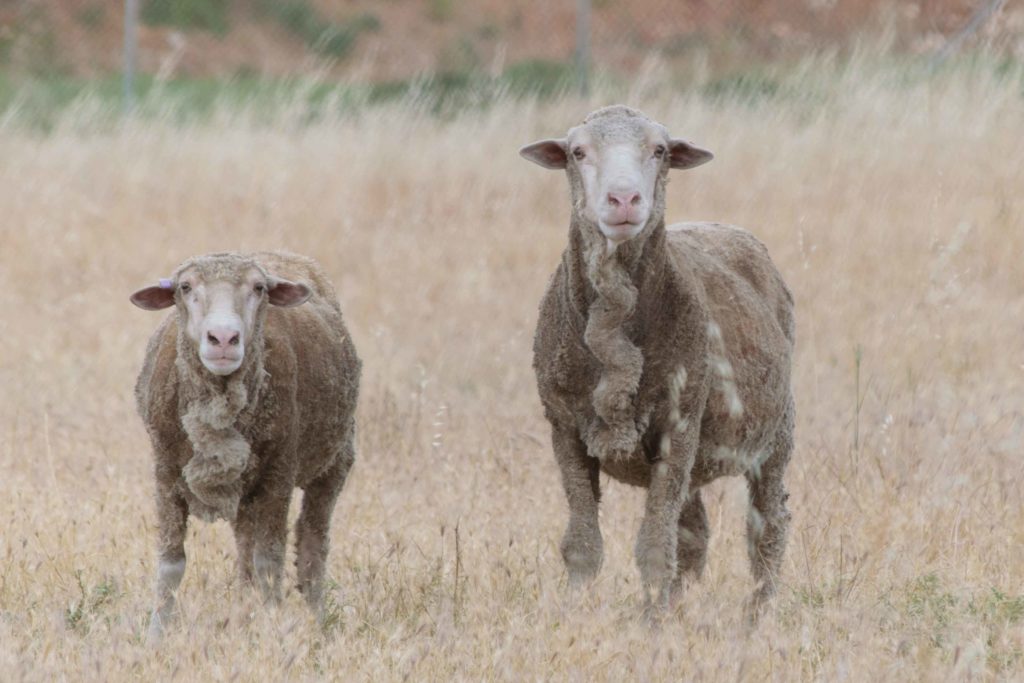
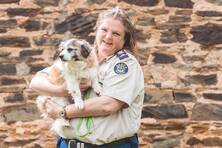
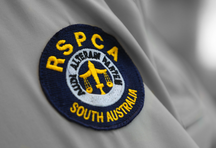

You have already mentioned hot cars and ute trays,but I still see heaps of dogs left in the back of hot utes without any shade,water are even something to stand on that is not red hot.Please keep reminding people, especially farmers about this!
how does one protect pet chickens from the extreme heat? and what to do when they look lethargic?
Hi Angela, we’d recommend you check out this link:
http://www.thehappychickencoop.com/7-ways-to-keep-your-chickens-cool-during-summer/
However, during extreme heat in South Australia, it can be best to bring your chickens inside to a cool space, like the laundry. Thanks!
It’d be great if there was a shaded pool that you could take your dog to in summer, do you know of any in South Australia? If so, please post on your site.
Thanks
Hi Alana, for shaded swimming, we’d definitely suggest taking your doggy to swim under the jetty in the ocean during summer! There’s also the option of Tusmore Park in Burnside, which has a wading pool: http://www.burnside.sa.gov.au/Parks/Tusmore-Park
However, we’re not sure if dogs are allowed in the pool – so we’d recommend contacting Burnside Council to check. Thanks :)